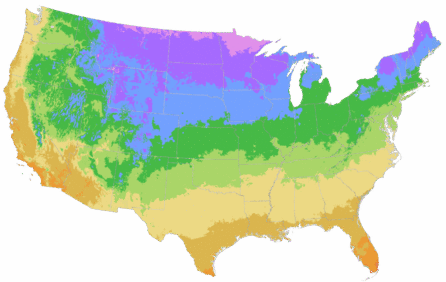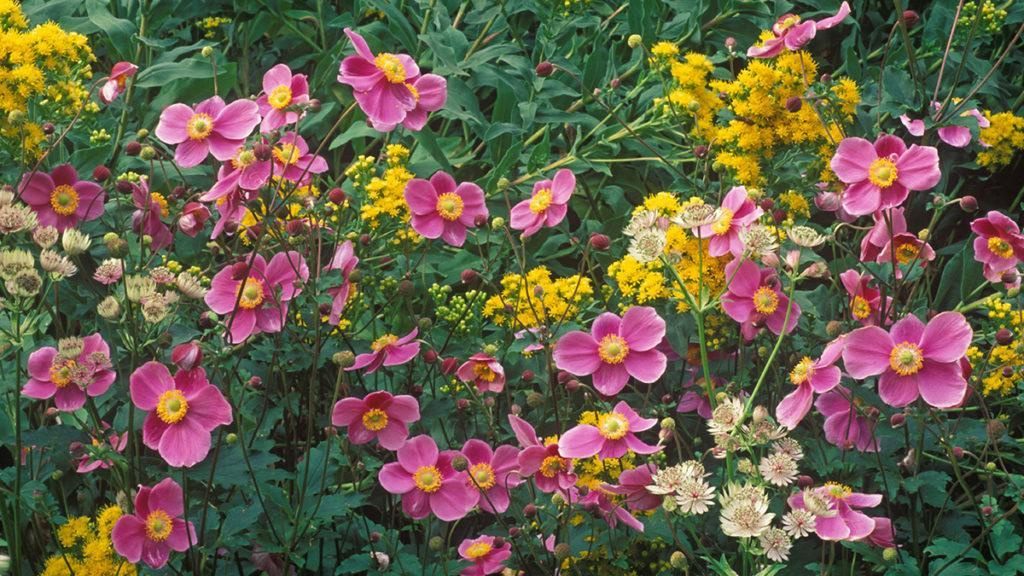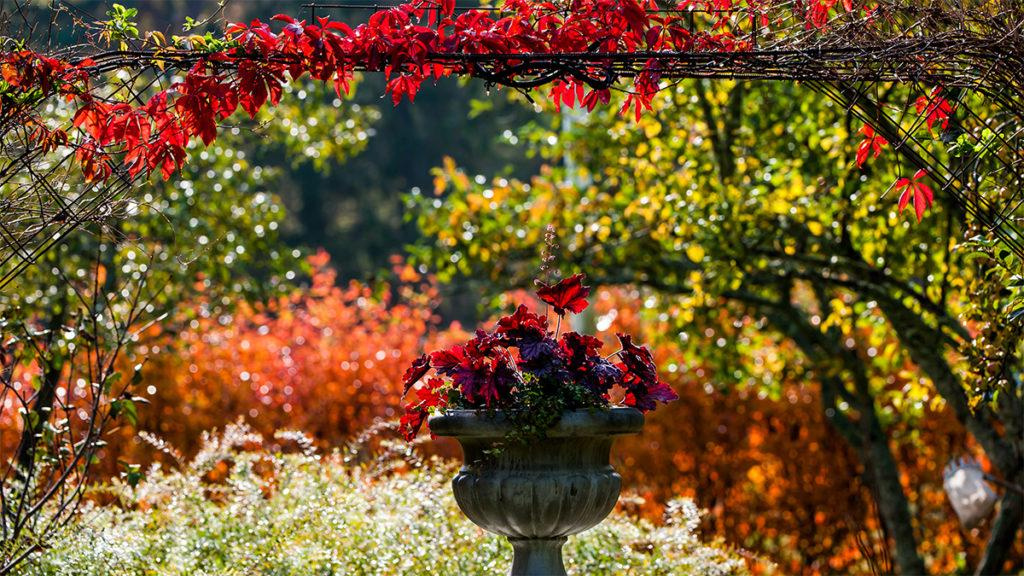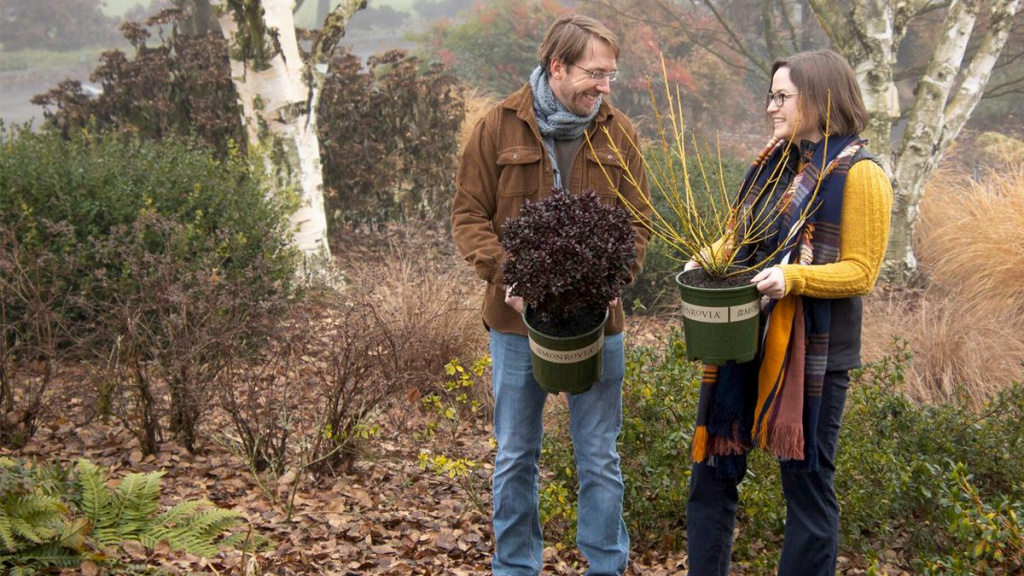You're growing in this Zip Code:
Change LocationDiscover Plants for Your Area
Festival™ Burgundy Cordyline
Cordyline x 'JURred'
Retailers Near You
| Description | Bright burgundy-red foliage creates a dramatic and eye-catching grass-like effect with long arching leaves. Tiny white blooms appear on dark red stems in summer. Spectacular paired with bright-colored foliage and flowers. Plant in drifts along walkway borders or in foundation plantings. A bold architectural form in container gardens. Evergreen. |
|---|---|
| Bloom Time | Late spring to early summer |
| Deciduous/Evergreen | Evergreen |
| Special Features | Dramatic Foliage Color, Easy Care, Waterwise, Compact Form |
| Problems/Solutions | Coastal Exposure |
| Growth Rate | Moderate |
| Flower Attributes | Fragrant, Showy Flowers |
| Patent Act | Asexual reproduction of plants protected by the Plant Patent Act is prohibited during the life of the patent. |
| Landscape Use | Border, Container, Houseplant, Poolside |
| Design Ideas | This spicy new cordyline is a natural in hot color tropical gardens when played off large green foliage plants. It is also favored by smart modern garden designers who love its unique form and color for single specimens in ground or in simple geometric containers. Give this plant a rich Asian flare in decadent glazed ceramic pots and urns. An outstanding accent for patio areas and courtyards looking for something new and different. As with all cordylines they are a staple of the true Arts & Crafts era garden and California bungalow design. |
| Flower Color | Pink |
| Foliage Color | Burgundy |
| Companion Plants | Bush Daisy (Euryops); Mexican Heather (Cuphea); Verbena (Verbena); Lantana (Lantana); Canna (Canna) |
| Care Instructions | Provide average to enriched, well-drained soil. Water deeply, regularly during first growing season to develop an extensive root system. Once established, reduce frequency; tolerates mild drought in mild coastal regions. Survives moderate frosts, but may go dormant at 15° F. In harsher winter climates, bring indoors before threat of frost. |
| History | An Anthony Tesselaar International introduction. Festival ™ Burgundy's parentage includes: C. australis, C. pumilio, and C. banksii. Cordylines normally grow into small trees or palm-like evergreen shrubs with a trunk, however the Festival™ cordylines are different in that in that they are basal branching, forming multiple short stems spreading out from the base of the plant to create a sturdy low-growing grass-like plant, reaching no more than 3 feet tall. |
| Lore | Cordylines are indigenous to Australia, New Zealand and the western Pacific region. This vast group is classified in the Agavaceae family with most members native to India, Australasia and Polynesia. The genus was named by French botanist, Philibert Commerson in the middle 18th century who derived it from the Greek for club, referring to the thick club-shaped root. The entire genus Cordyline is always subject to a great deal of confusion because of their similarity to both Phormium and Yucca. This is complicated by their former genus, Dracaena, Batistii, and Robinsoniana. |
| Description | Bright burgundy-red foliage creates a dramatic and eye-catching grass-like effect with long arching leaves. Tiny white blooms appear on dark red stems in summer. Spectacular paired with bright-colored foliage and flowers. Plant in drifts along walkway borders or in foundation plantings. A bold architectural form in container gardens. Evergreen. |
|---|---|
| Bloom Time | Late spring to early summer |
| Deciduous/Evergreen | Evergreen |
| Special Features | Dramatic Foliage Color, Easy Care, Waterwise, Compact Form |
| Problems/Solutions | Coastal Exposure |
| Growth Rate | Moderate |
| Flower Attributes | Fragrant, Showy Flowers |
| Patent Act | Asexual reproduction of plants protected by the Plant Patent Act is prohibited during the life of the patent. |
| Landscape Use | Border, Container, Houseplant, Poolside |
|---|---|
| Design Ideas | This spicy new cordyline is a natural in hot color tropical gardens when played off large green foliage plants. It is also favored by smart modern garden designers who love its unique form and color for single specimens in ground or in simple geometric containers. Give this plant a rich Asian flare in decadent glazed ceramic pots and urns. An outstanding accent for patio areas and courtyards looking for something new and different. As with all cordylines they are a staple of the true Arts & Crafts era garden and California bungalow design. |
| Flower Color | Pink |
| Foliage Color | Burgundy |
| Companion Plants | Bush Daisy (Euryops); Mexican Heather (Cuphea); Verbena (Verbena); Lantana (Lantana); Canna (Canna) |
| Care Instructions | Provide average to enriched, well-drained soil. Water deeply, regularly during first growing season to develop an extensive root system. Once established, reduce frequency; tolerates mild drought in mild coastal regions. Survives moderate frosts, but may go dormant at 15° F. In harsher winter climates, bring indoors before threat of frost. |
|---|
| History | An Anthony Tesselaar International introduction. Festival ™ Burgundy's parentage includes: C. australis, C. pumilio, and C. banksii. Cordylines normally grow into small trees or palm-like evergreen shrubs with a trunk, however the Festival™ cordylines are different in that in that they are basal branching, forming multiple short stems spreading out from the base of the plant to create a sturdy low-growing grass-like plant, reaching no more than 3 feet tall. |
|---|---|
| Lore | Cordylines are indigenous to Australia, New Zealand and the western Pacific region. This vast group is classified in the Agavaceae family with most members native to India, Australasia and Polynesia. The genus was named by French botanist, Philibert Commerson in the middle 18th century who derived it from the Greek for club, referring to the thick club-shaped root. The entire genus Cordyline is always subject to a great deal of confusion because of their similarity to both Phormium and Yucca. This is complicated by their former genus, Dracaena, Batistii, and Robinsoniana. |
Retailers Near You
About Us
We have been pioneers and craftsmen in the art of growing plants for nearly
100 years. Since our founding in Southern California by Harry E. Rosedale, Sr.
in 1926, we have been absolutely dedicated and obsessed with quality.
We have been pioneers and craftsmen in the art of growing plants for nearly 100 years. Since our founding in Southern California by Harry E. Rosedale, Sr. in 1926, we have been absolutely dedicated and obsessed with quality.








